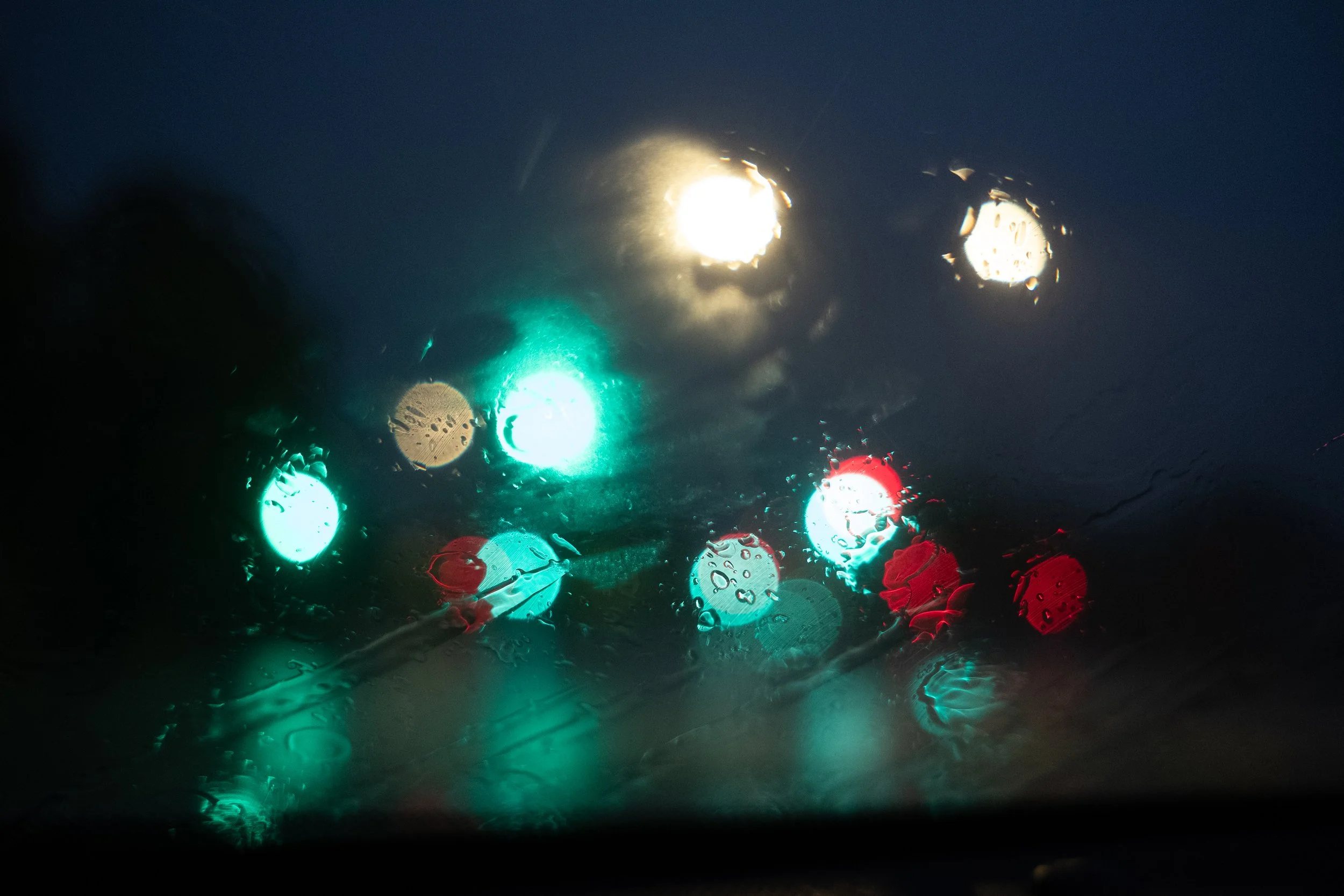Mastering Bokeh in Photography: Unlocking the Art of Background Blur
In the realm of photography, there exists a captivating technique that can transform ordinary scenes into dreamlike compositions. It's called "bokeh." Understanding and utilizing bokeh can elevate your photographs, adding a touch of magic and drawing attention to your subject. In this article, we explore the importance of bokeh and provide insights on how to effectively use it to create stunning visual effects in your images.
What is Bokeh?
Bokeh (pronounced as “boh-keh”) refers to the aesthetic quality of the out-of-focus areas in a photograph. It is characterized by a soft, creamy, and often blurred background that complements the sharply focused subject. Bokeh occurs naturally when using wide apertures (low f-numbers) and is influenced by the lens design and the distance between the subject and the background.
Importance of Bokeh: Bokeh plays a crucial role in photography for several reasons:
1. Subject Isolation: Bokeh helps isolate your subject from the background by creating a distinct separation. By rendering the background as a soft blur, bokeh draws attention to the subject, making it stand out prominently.
2. Visual Impact: Bokeh adds a visually pleasing and artistic quality to your images. The soft, out-of-focus elements create a sense of depth and give the photograph a dreamy and ethereal feel, enhancing its overall impact.
3. Emphasizing Depth: Bokeh accentuates the three-dimensional nature of a photograph, making it feel more immersive. It creates a sense of depth by emphasizing the separation between the subject, the foreground, and the background.
Creating Bokeh: To create beautiful bokeh in your photographs, follow these steps:
1. Choose the Right Lens: Prime lenses with wider maximum apertures (e.g., f/1.8 or f/1.4) are particularly well-suited for capturing bokeh. They allow for shallower depth of field, enabling a greater blur in the background.
2. Select a Wide Aperture: Set your camera to Aperture Priority (Av) mode or Manual (M) mode and choose a low f-number (e.g., f/2.8 or lower). This larger aperture will create a shallow depth of field, resulting in more pronounced bokeh.
3. Consider Distance and Perspective: Position your subject relatively close to the camera, while ensuring an ample distance between the subject and the background. This distance contributes to the depth of field and enhances the bokeh effect.
4. Pay Attention to Background Elements: Choose backgrounds with visually appealing elements such as distant lights, foliage, or textures. These elements, when rendered as bokeh, can create a stunning backdrop that enhances the overall composition.
5. Experiment and Refine: Explore different focal lengths, apertures, and subject-background distances to find the ideal combination that produces the desired bokeh effect. Each lens and situation may yield unique results, so take the time to experiment and refine your technique.
Understanding and effectively utilizing bokeh can significantly enhance the visual impact of your photographs. By creating a soft, blurred background, bokeh isolates your subject, adds depth, and creates a dreamlike atmosphere. With the right lens, wide aperture, and thoughtful composition, you can master the art of bokeh and unlock a world of creative possibilities. So, embrace bokeh and elevate your photography to new realms of beauty and allure.

